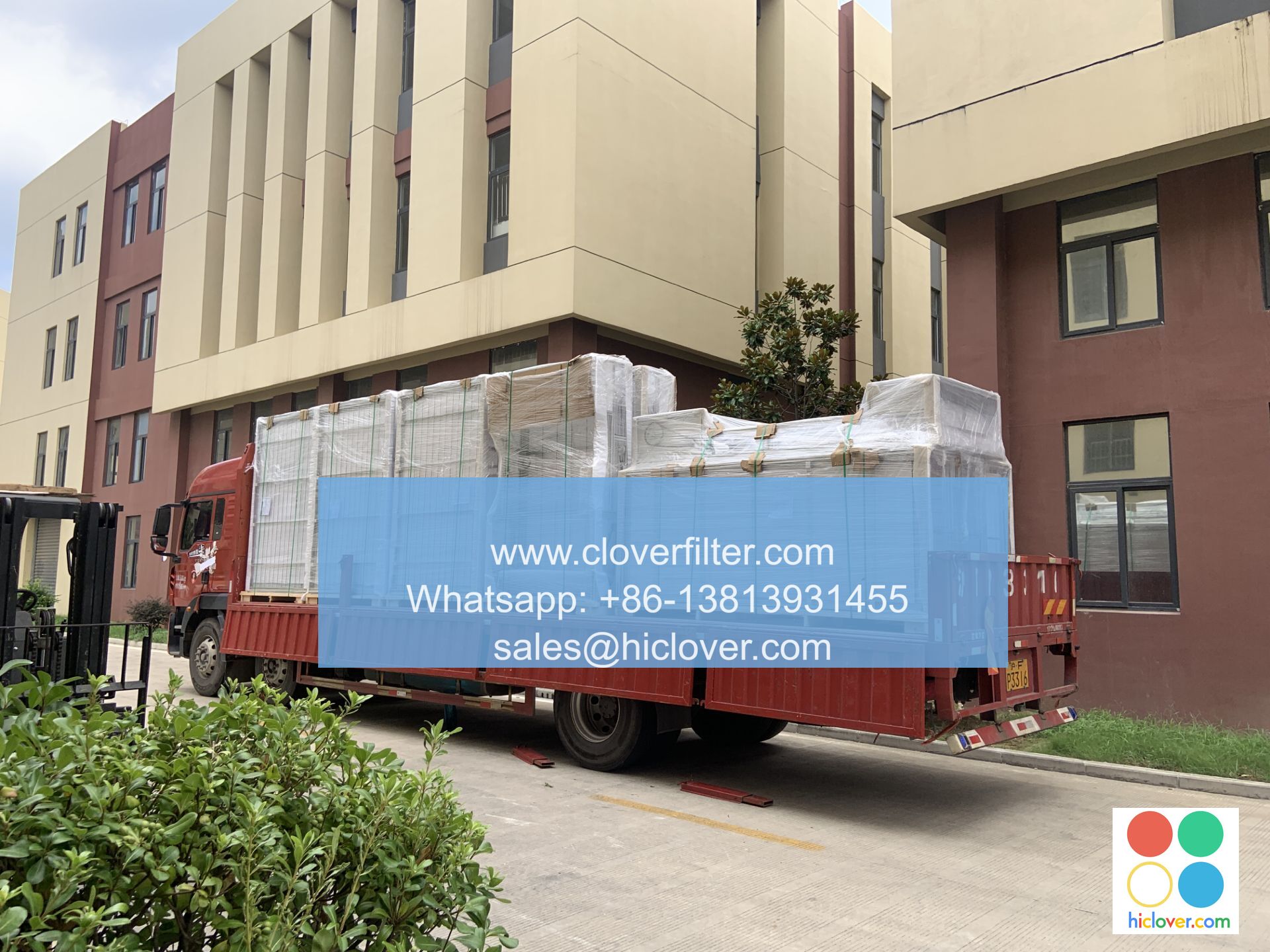The Science Behind How High-Performance Air Filters Remove Odor-Causing Bacteria

The Science Behind How High-Performance Air Filters Remove Odor-Causing Bacteria
Airborne pathogens, such as bacteria, can cause unpleasant odors, allergies, and even serious health issues. In recent years, there has been a growing demand for high-performance air filters that can effectively remove these odor-causing bacteria from the air we breathe. In this article, we will delve into the science behind how these advanced air filters work and explore their applications in various industries.
The Role of Bacteria in Indoor Air Pollution
Bacteria are a significant source of indoor air pollution. These microorganisms can thrive in damp environments, such as bathrooms, kitchens, and laundry facilities, where moisture and organic matter accumulate. When inhaled, bacteria can trigger allergic reactions, respiratory issues, and even lethal diseases. Stachybotrys chartarum, a type of fungus, is one of the most common bacteria found in indoor environments, known for causing musty odors and mold growth.
The Science of High-Performance Air Filters
High-performance air filters, like HEPA (High Efficiency Particulate Air) and activated carbon filters, contain unique materials that trap and eliminate odor-causing bacteria. Here’s how they work:
HEPA Filters
HEPA filters, also known as High-Efficiency Particulate Air filters, are designed to capture 99.97% of particles as small as 0.3 microns, including bacteria, viruses, and other airborne contaminants. The science behind HEPA filters lies in their intricate fibrous structure, which creates a massive surface area for particle capture.
Activated Carbon Filters
Activated carbon filters, on the other hand, use activated carbon, a form of carbon that has been treated with oxygen to open up its pores, increasing its surface area. This allows the activated carbon to adsorb (not absorb) odor-causing molecules, such as volatile organic compounds (VOCs), and bacteria, trapping them within its vast surface area.
Applications of High-Performance Air Filters
- Commercial Spaces: Restaurants, hospitals, and other commercial properties can benefit from high-performance air filters to eliminate bacteria, viruses, and VOCs, creating a healthier and more pleasant environment for customers and employees.
- Residential Homes: Homeowners can invest in high-performance air filters to reduce indoor air pollution, alleviating respiratory issues and unpleasant odors.
- Industrial Settings: High-performance air filters are crucial in industrial settings, where toxic fumes, dust, and bacteria can pose significant health risks to workers.
- Healthcare: Hospitals, clinics, and medical centers must maintain a sterile environment to prevent the spread of diseases. High-performance air filters are essential in these settings to remove bacteria, viruses, and other airborne pathogens.
- Transportation: Vehicles, aircraft, and ships can benefit from high-performance air filters to eliminate airborne contamination and maintain a clean and healthy environment for passengers and crew.
Conclusion
High-performance air filters have revolutionized the way we think about indoor air quality. By understanding the science behind these filters, we can see that they are not just tools for removing dust and particles but also powerful odor-fighting agents that can significantly impact our health and well-being. Whether in residential, commercial, or industrial settings, high-performance air filters have become an essential component in maintaining a safe, healthy, and comfortable living and working environment.
It looks like you’re trying to give me a prompt! Please go ahead and share what’s on your mind. What would you like to talk about, ask, or explore? I’m here to listen and help to the best of my abilities.


